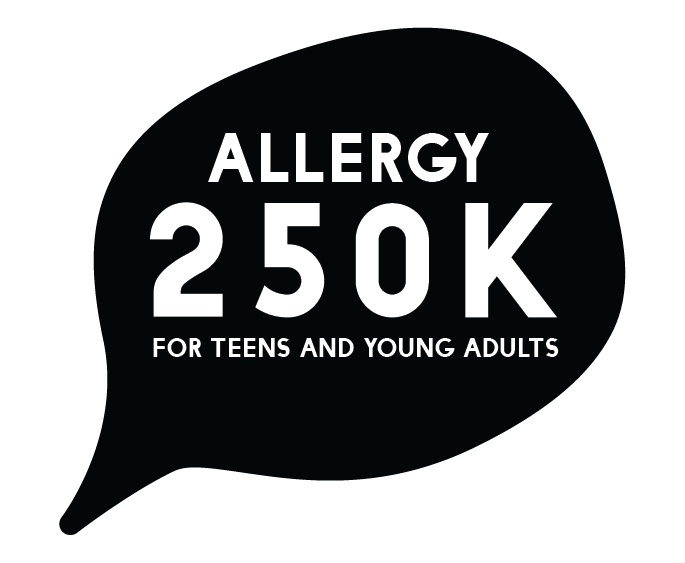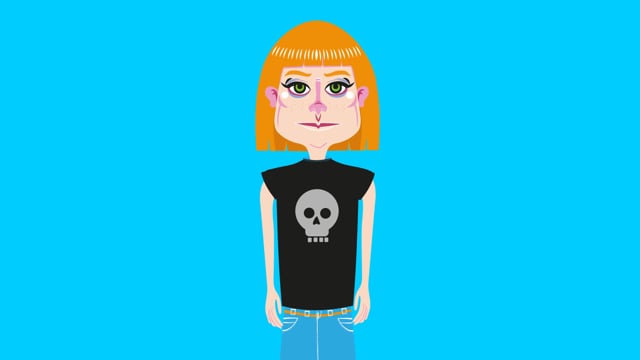Travelling with a food allergy
Listen Now
Top Tips
- Take your own food on the plane.
- Get an ASCIA Travel Plan from your doctor or nurse practitioner.
- Consider your destination, including local food types and access to medical care.
- Take at least two adrenaline devices with you when travelling.
- Print translated allergy information when going overseas.
More about travel
Your allergies needn’t stop you from travelling. However, you will need some additional planning so that your trip remains reaction free.
Travel planning. The Basics
- Get an ASCIA Travel Plan from your doctor or nurse practitioner. This document tells the airline that you need your adrenaline device (e.g. EpiPen® or Anapen®) and your own food. Your doctor or nurse practitioner can also help you plan and prescribe any additional medications for your trip.
- Get some travel cards that translate your allergy information into the local language. Allergy & Anaphylaxis Australia have Chef Cards available in different languages.
- Get travel insurance that specifically covers being at risk of anaphylaxis.
- Take your own food on the plane.
- Always disclose your allergy when eating out.
- Take at least two adrenaline devices when travelling. If you are travelling overseas or to remote locations, it is recommended that you take more than two.
- ALWAYS keep your adrenaline devices with your carry-on luggage. Have them on hand when seated, not in the overhead storage.
- Take wet wipes to wipe down the airplane tray table, seat and arm rest and the iPad or TV screen and the controls as well.

